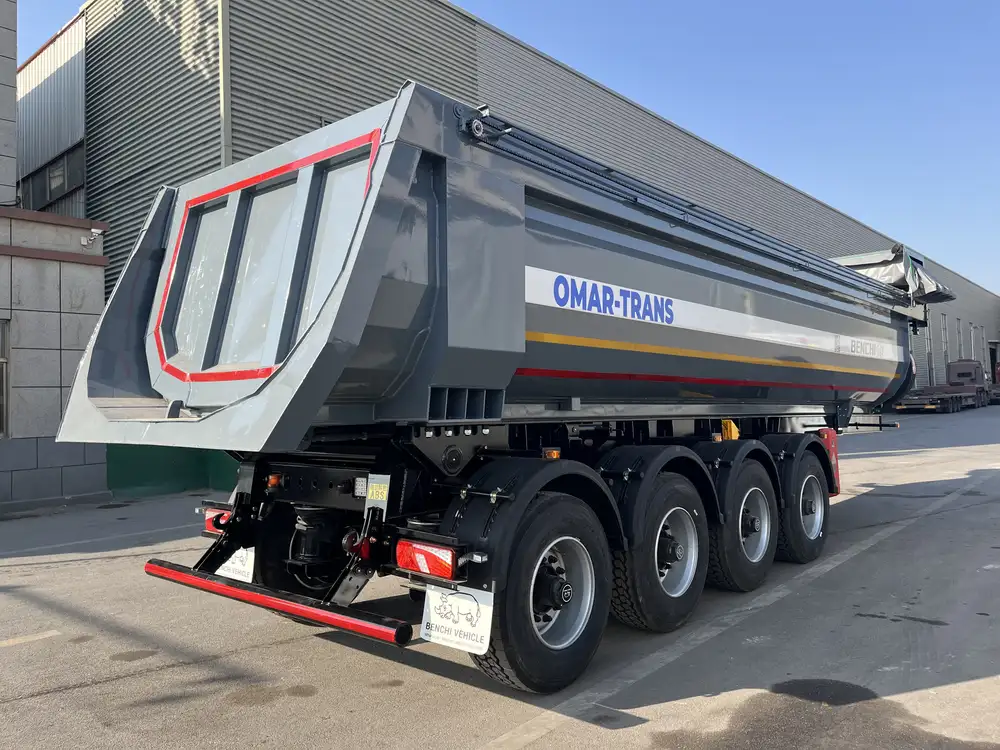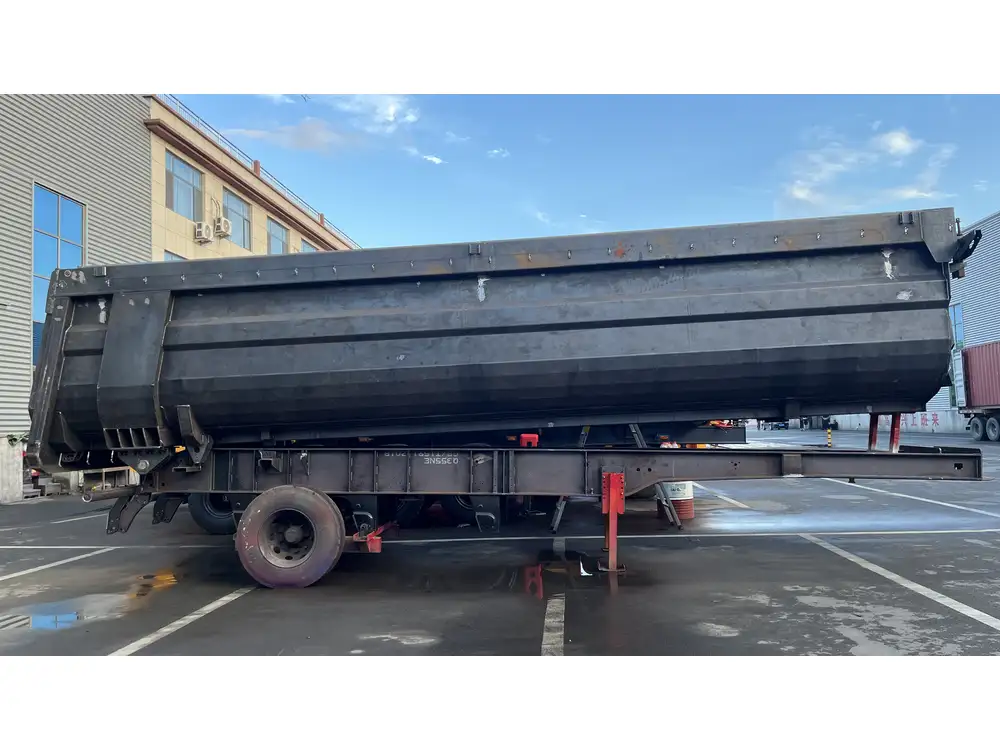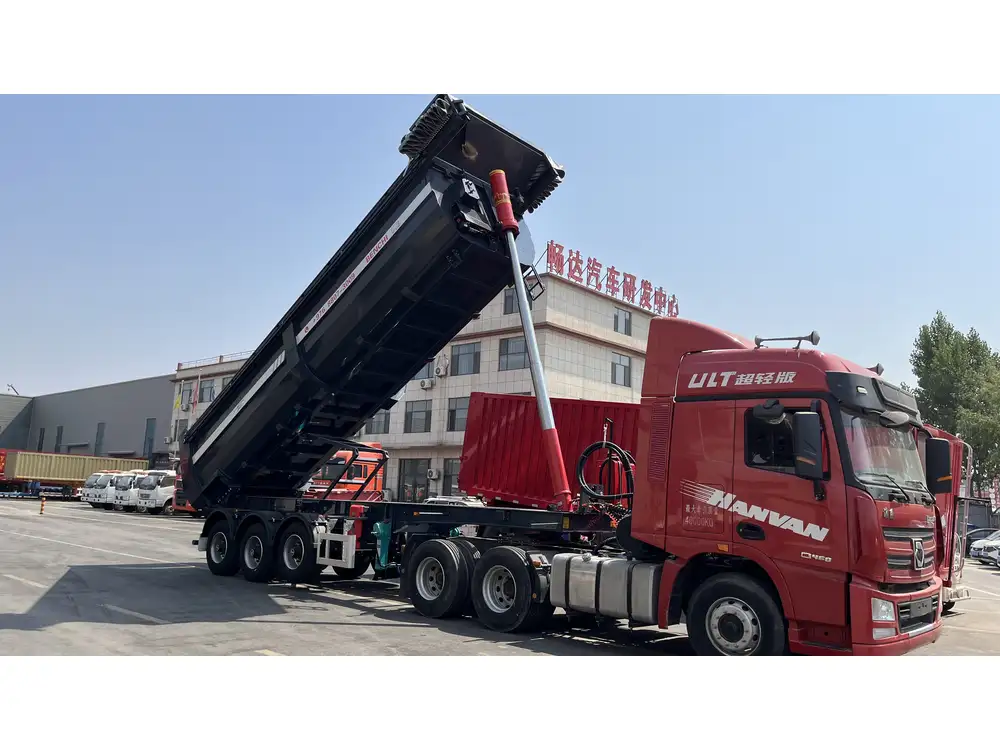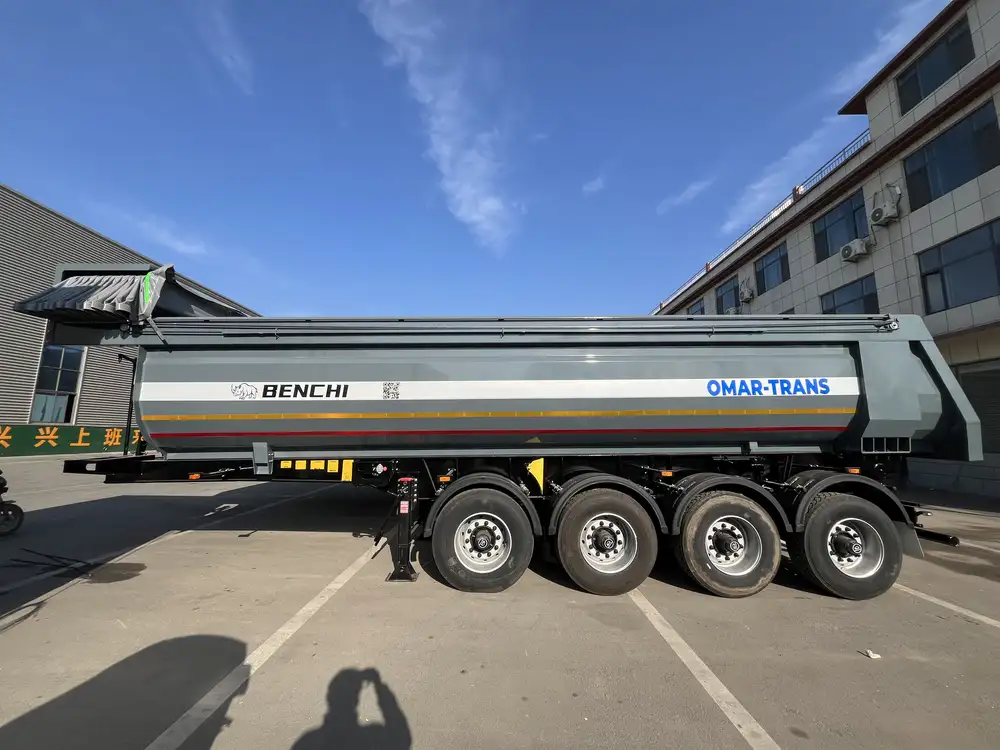The complex interplay between semi-trailer mechanics and roadway safety is one that demands a comprehensive understanding, particularly for manufacturers, truck drivers, and fleet operators. In this guide, we delve into the critical factors involved when a trailer becomes detached from a semi-truck, the potential consequences, and best practices to prevent such mishaps.
The Anatomy of Semi-Trailers and Coupling Mechanisms
1. Understanding the Coupling System
The coupling mechanism—often termed as the fifth wheel—serves as the crucial link between the tractor (the semi-truck) and the trailer. This integration involves several components:
- Fifth Wheel: A circular plate mounted on the truck that allows the trailer to pivot.
- Kingpin: A sturdy pin that extends from the trailer’s front which fits securely into the fifth wheel.
- Safety Chains: These chains are designed to provide additional support, preventing complete detachment if the kingpin fails.

2. Common Types of Coupling Mechanisms
| Coupling Type | Description | Pros | Cons |
|---|---|---|---|
| Fixed Fifth Wheel | Most common; fixed and allows pivoting. | Strong stability; widely used. | Requires precise alignment. |
| Sliding Fifth Wheel | Adjusts to different trailer lengths. | Flexible for various loads. | More complex; can increase wear. |
3. How the Coupling Mechanism Works
When properly engaged, the kingpin slides into the fifth wheel, effectively locking the trailer in place. This engagement produces a snug fit that facilitates stability during transit. However, a multitude of factors can lead to disengagement.
Factors Leading to Trailer Disconnection

1. Mechanical Failings and Wear
Over time, components of the coupling system can experience wear and tear. Common issues include:
- Rust and Corrosion: Deterioration can weaken the integrity of the fifth wheel and kingpin.
- Lack of Lubrication: Insufficient lubrication can lead to stiffness, causing a failure to secure properly.
- Component Damage: Physical damage to the coupling mechanism from accidents or rough handling may compromise functionality.
2. Misalignment and Improper Hook-Up Procedures
Procedural Mistakes
Amateur or rushed coupling processes are often a significant factor:
- Inadequate Inspection: Failing to thoroughly inspect the connection before departure.
- Improper Angle: Coupling at an incorrect angle can prevent the kingpin from seating securely.
- Neglect of Safety Chains: Not engaging safety chains is a common oversight that can have dire consequences.

3. Road Conditions and Driver Error
Driver error is a significant contributor to trailer detachment incidents. Factors to consider include:
- Abrupt Maneuvers: Sudden turns or stops can exert considerable strain on the coupling mechanism.
- Improper Weight Distribution: Overloading or unevenly loaded trailers increase the risk of disconnection.
Consequences of a Detached Trailer
1. Road Hazards and Traffic Incidents
A detach can lead to severe roadway complications, ranging from minor inconveniences to major accidents. Depending on the size and weight of the trailer, the consequences can include:
- Collision Risk: Unattended trailers can become hazardous obstructions.
- Cargo Spill: Distribution of cargo on roadways can lead to additional accidents or environmental issues.

2. Economic Impact on Operators
The financial repercussions can be extensive:
- Repair Costs: Damage to both the semi-truck and trailer necessitates repairs which can be costly.
- Insurance Claims: Increased claims may lead to higher insurance premiums.
3. Reputational Damage
For logistics companies, incidents like these can tarnish reputations, as clients prefer carriers with impeccable safety records. Thus, attention to detail in trailer coupling is vital.
Best Practices for Preventing Trailers from Detaching

1. Regular Maintenance Checks
Routine inspections can significantly enhance safety:
- Monthly Inspections: Schedule checks on the coupling mechanisms, looking for signs of wear, rust, or bent components.
- Lubrication: Regularly lubricate the fifth wheel and kingpin to ensure smooth engagement.
2. Adherence to Proper Hook-Up Procedures
Implementing a thorough checklist before departure can help reduce human error:
- Inspect Safety Chains: Always attach safety chains to provide an additional layer of security.
- Confirm Engagement: Perform a physical inspection to confirm that the kingpin is seated correctly in the fifth wheel before driving away.
| Pre-Departure Checklist |
|---|
| Inspect coupling mechanism for damage. |
| Ensure proper alignment during coupling. |
| Verify engagement and lock status. |
| Confirm safety chains are secure. |
3. Driver Training and Awareness
Investing in comprehensive driver training enhances awareness of best practices and potential pitfalls:
- Preventive Driving Techniques: Training programs focusing on smooth, gradual maneuvers prevent unnecessary stress on the coupling mechanism.
- Informed Loading Practices: Understanding optimal weight distribution and limits can prevent overload situations.

Legal Requirements and Industry Standards
Safety regulations govern the trucking industry to ensure intentional compliance. The following aspects are essential:
1. Federal Guidelines
Organizations like the Federal Motor Carrier Safety Administration (FMCSA) provide directives that dictate safe coupling practices.
2. State Regulations
Variability in state laws means that truck operators must stay informed about local regulations pertaining to semi-trailer operations.

3. Industry Certifications
Obtaining industry-specific certifications can enhance safety credibility and operational standards.
Future Innovations in Trailer Safety
As technology advances, novel solutions are emerging to bolster trailer safety:
1. Advanced Coupling Technologies
Smart coupling systems are being developed that include:
- Automatic Coupling Mechanisms: These systems streamline the engagement process while monitoring connection integrity.
- Sensor Technology: Deploying sensors that provide real-time feedback on the coupling’s status can decrease human error.

2. Telematics and Tracking Systems
Implementing telematics allows fleet operators to monitor trailer status, including coupling integrity and vehicle performance remotely.
Conclusion: Securing a Safer Future
Understanding how and why trailers can fall off semi-trucks elucidates the importance of proactive measures in the transportation industry. Engaging in rigorous maintenance routines, educating drivers, and embracing technological advancements form the cornerstone of preventing disconnection incidents. As we move towards a future where innovations in safety and efficiency converge, it is imperative that all stakeholders contribute to fostering a culture of safety throughout every link in the supply chain. By addressing these issues comprehensively, we pave the way for a safer and more reliable road transport experience.



